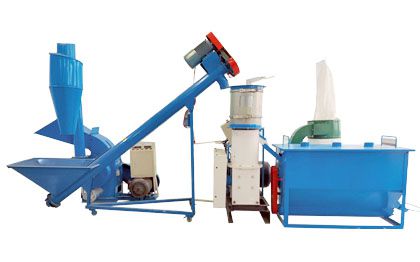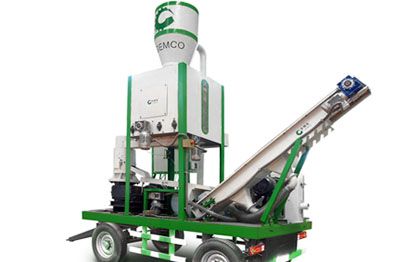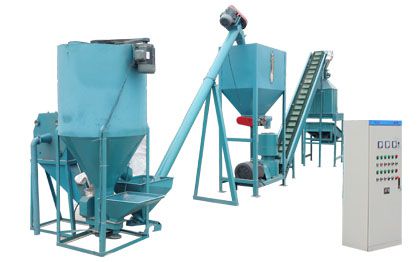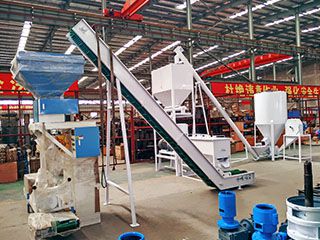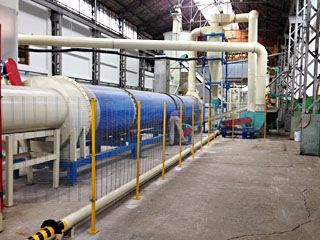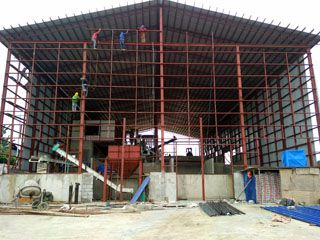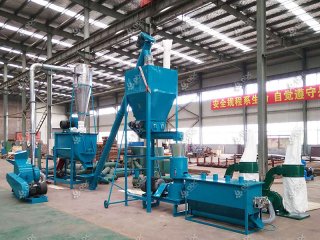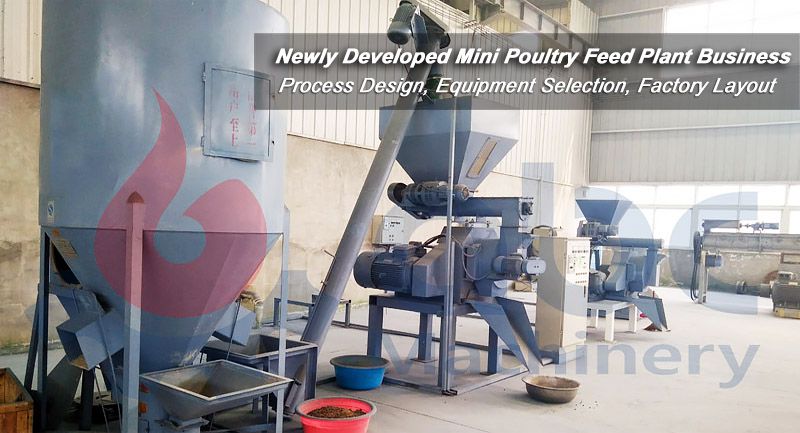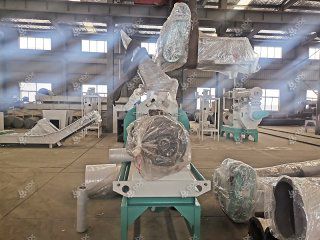With the rapid growth of aquaculture, catfish have become a key species for many farmers. However, the catfish feed production quality directly impacts fish health, growth rate, and farm profitability. The market is flooded with substandard catfish feeds, which often lead to production losses. This article analyzes five major risks of inferior catfish feed and shares how to control catfish feed quality at the source to boost farming returns.
 Setup Profitable Catfish Feed Pellet Manufacturing Plant Tips
Setup Profitable Catfish Feed Pellet Manufacturing Plant Tips
What qualifies as “low‑quality” catfish feed?
Poor catfish feeds often result from outdated fish feed processing equipment and inadequate feed production processes in feed mills. The output pellets have unbalanced nutrition, loose structure, severe nutrient loss, and fail to meet the needs of catfish growth. Such feed not only diminishes yields but also elevates disease risk—underscoring the importance of animal feed production facility upgrades and optimized fish feed production processing systems in modern animal feed processing plant.
Five key hazards of inferior catfish feed
-
Increased feed conversion ratio (FCR): Poor pelletization raises FCR from a normal 1.5 to over 2.2. Farming cycles extend 10–15%, requiring more feed, pushing costs up 20% (National Ag Info Center, 2024).
-
Disease risk from impure ingredients: Inferior feeds often contain non‑protein nitrogen and expired raw materials. Over 35% of liver and intestinal diseases in catfish correlate with such feeds (Aquatic Disease Report 2023).
-
Reduced immunity: Coarse pellets and poor manufacturing degrade fish immunity, causing bacterial gill rot, Saprolegnia, and other feed‑related diseases.
-
Uneven growth and market losses: Inconsistent feed leads to size variation, lowering market price by 12% on average and increasing sales difficulty (International Aquatic Trade Report, 2023).
-
Water pollution: Residual sticky or loose catfish feed pellets decay in water, raising ammonia levels by over 30%, severely damaging water quality (National Water Environment Monitoring Center, 2024).
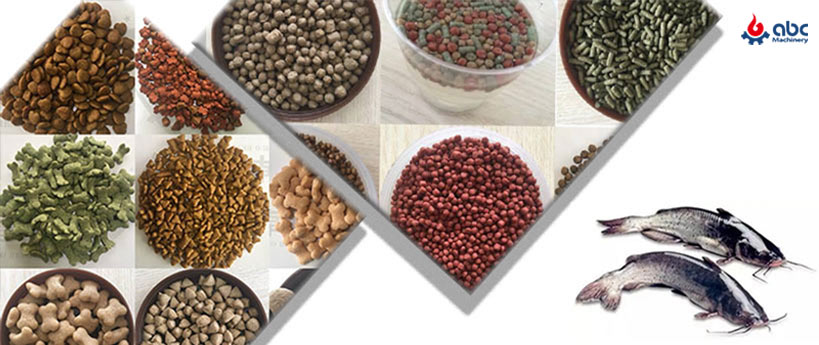 How to Produce Best Catfish Feed Pellets for Your Business
How to Produce Best Catfish Feed Pellets for Your Business
Since environmental conditions and catfish feed demands vary regionally, a one‑size‑fits‑all fish feed production line or formulation is unrealistic. If you’re looking to optimize fish feed production plant layouts or processing technology, contact us! ABC Machinery’s expert engineers are available 24/7 for free technical consultation, helping you build an efficient, stable farmed catfish feed line and improve yields.
How to Ensure Catfish Feed Quality at the Source of catfish feed production
To secure both efficiency and health in catfish farming, the recipe, processing, and catfish feed manufacturing equipment must all be top‑notch. Here's how to manage each step:
Scientific feed formulation
-
Ideal protein content: 35–38%; fat: 6–8%. Poor formulations reduce feed intake by 10–12%.
-
With our smart nutritional feed plant layout and design tools, ABC Machinery achieves ±0.5% accuracy in protein and fat regulation—boosting intake by over 8%.
Advanced pelletizing process
-
Shape rate improves output quality. Inferior processes yield <85% pellet formation and poor stability, with less than 30 minutes water resistance and over‑temperature (≥130 °C) causing nutrient damage.
-
Our feed production line exceed 95% pellet formation, adjustable pellet size (2 – 6 mm), and >120 minutes water stability. Pelletizing temperature is strictly controlled at 115–125 °C to preserve nutrition and ensure feed production machine efficiency.
High‑performance animal feed mill plant equipment
-
Typical catfish feed pellet mills experience >5% breakdown rate, operate only 6–8 hours, with >15% excessive energy consumption, and noise over 75 dB—failing environmental standards.
-
ABC Machinery’s fish feed pelleting machine maintains <1% fault rate, 24h+ continuous operation, and cuts energy use by 12–18%. Their dust collectors exceed 99% efficiency, emissions meet national norms, and noise is held under 65 dB for a healthier workplace.
 Profitable Catfish Feed Pellet Making Line for Sale
Profitable Catfish Feed Pellet Making Line for Sale
ABC Machinery: Building High‑Quality Catfish Feed Lines
We harness leading technology and intelligent catfish feed pellet equipment to deliver superior catfish feed production capabilities. Our key advantages:
-
Triple‑stage extrusion enhances pellet density by 20%, water stability to 180 minutes, reducing nutrient leaching by 30%.
-
Automated batching with ±0.2% accuracy ensures uniform feed production and balanced growth.
-
Advanced hot‑air circulation dryers cut energy use by 25% and CO₂ emissions by 20%, supporting eco‑friendly compliance.
-
AI predictive diagnostics lower breakdowns to just 0.5%, enabling uninterrupted operation over 48 hours.
-
Modular fast‑change system achieves recipe switches in under 3 minutes, boosting productivity by 40%.
-
Cloud‑based production monitoring ensures quality traceability across feed batches.
 Complete Catfish Feed Pellet Manufacturing Mill for Sale
Complete Catfish Feed Pellet Manufacturing Mill for Sale
Inferior catfish feed carries significant farming risks—investing in a premium catfish feed pellet production line and advanced plant equipment is essential. High‑quality pellets not only improve feed conversion but also stabilize growth and reduce losses. ABC Machinery specializes in fish feed processing machine systems and plant design, enabling efficient and eco‑friendly catfish feed manufacturing. Contact us now for free feed formulation guidance, custom fish feed production plant layouts, and detailed quotes.


